Home>Interior Design>7 Decisions I Make When Choosing Wallpaper
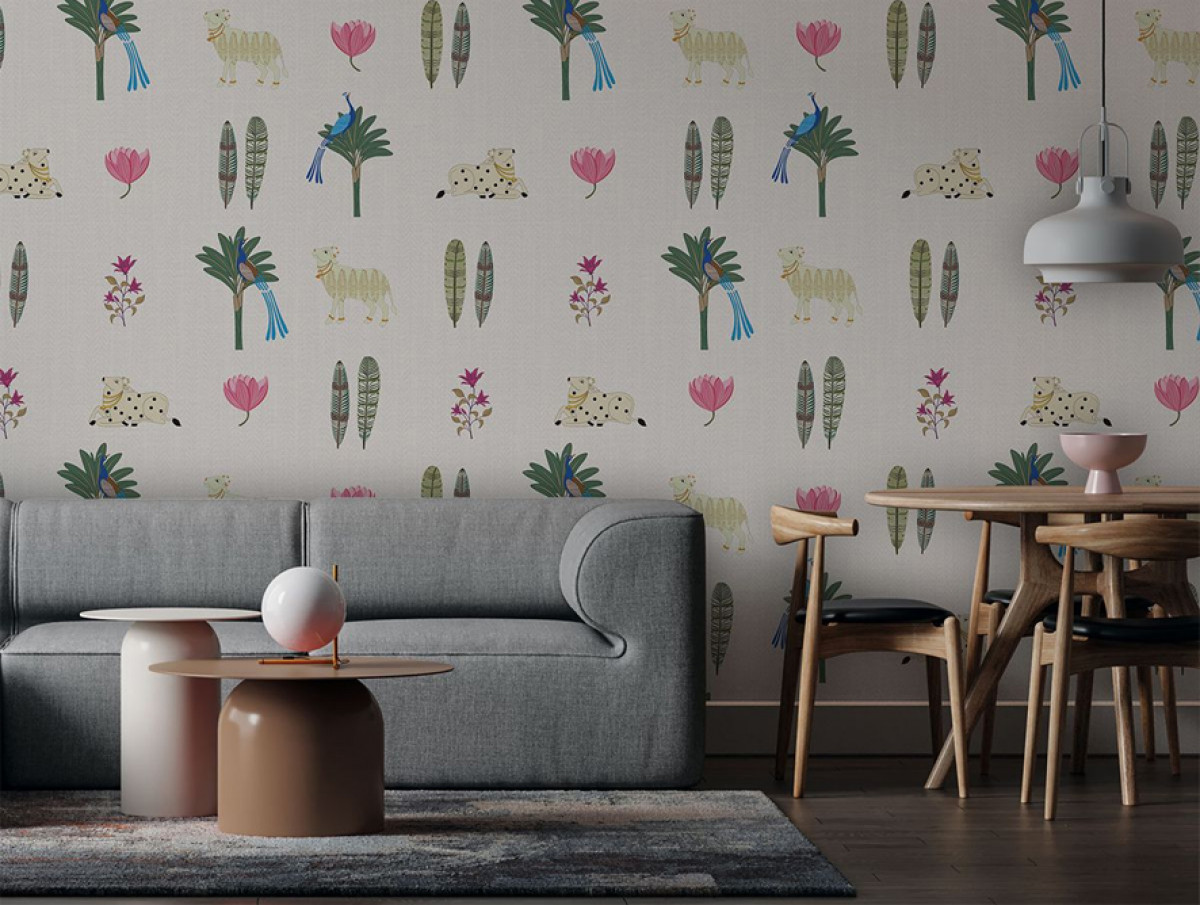

Interior Design
7 Decisions I Make When Choosing Wallpaper
Modified: January 6, 2024
Discover the key decisions I consider when selecting wallpaper for interior design. From color scheme to patterns, explore my expert tips for creating the perfect space.
(Many of the links in this article redirect to a specific reviewed product. Your purchase of these products through affiliate links helps to generate commission for Storables.com, at no extra cost. Learn more)
Introduction
Choosing the right wallpaper can be a daunting task. With so many options available, it’s easy to feel overwhelmed and unsure of where to start. However, by making a series of informed decisions, you can ensure that you select the perfect wallpaper that not only complements your interior design but also reflects your personal style.
Wallpaper can completely transform a room, adding depth, texture, and character to the space. It offers a unique opportunity to infuse your personality into your home decor. Whether you’re looking for a bold statement wall, a subtle and soothing backdrop, or a playful pattern, the decisions you make during the selection process will greatly impact the final result.
In this article, we will explore seven key decisions that can guide you towards making the best choice when it comes to wallpaper. By considering factors such as the room’s purpose, style and theme, color palette, pattern and texture, material and durability, installation process, and budget, you can make an informed decision that will enhance the overall aesthetic appeal of your space.
So, let’s dive in and discover the seven decisions you should make when choosing wallpaper.
Key Takeaways:
- Transform your space with the perfect wallpaper by considering the room’s purpose, style, color palette, pattern, material, installation process, and budget. Let your creativity shine and reflect your unique style.
- Make informed decisions when choosing wallpaper by aligning with the room’s purpose, evaluating style and theme, assessing color palette, pattern, material, installation process, and setting a budget. Enhance your space with personality and charm.
Decision 1: Determining the Room’s Purpose
The first decision you need to make when choosing wallpaper is to determine the purpose of the room. Each room in your home serves a different function, and the wallpaper you choose should align with that purpose.
For example, if you’re decorating a bedroom, you may want to create a tranquil and relaxing ambiance. In this case, opting for soft, muted colors or a serene nature-inspired pattern can help set the right mood. On the other hand, if you’re designing a playroom for your children, you might want to choose vibrant and playful wallpaper that sparks their imagination and energy.
Consider the overall atmosphere you want to create in the room. Are you aiming for a cozy and intimate space, or do you want to make a bold statement? Understanding the purpose of the room will guide you towards choosing wallpaper that complements its intended use.
Another factor to keep in mind is the room’s size. If you have a small room, selecting wallpaper with light colors, minimal patterns, or vertical stripes can create the illusion of a more spacious area. Conversely, if you have a large room, you can be more adventurous with bold patterns and darker colors.
Additionally, take into account the functionality of the room. Certain rooms, such as the kitchen or bathroom, require wallpaper that is resistant to moisture and easy to clean. In these spaces, vinyl or washable wallpaper may be the best choice to ensure durability and longevity.
By understanding the purpose of the room and considering factors such as intended ambiance, room size, and functionality, you can narrow down your options and make a decision that aligns with your vision for the space.
Decision 2: Considering the Style and Theme
The style and theme of your home play a vital role in creating a cohesive and harmonious interior design. When choosing wallpaper, it’s essential to consider the overall style you want to achieve and ensure that the design you select complements that aesthetic.
Start by examining the existing decor and architectural elements in the room. Are there any specific design styles that stand out? Is the room more traditional, modern, rustic, or eclectic? Understanding the existing style will guide you towards wallpaper options that seamlessly blend with the overall design scheme.
Next, think about the theme or mood you want to convey in the space. Do you prefer a contemporary and sleek look, or are you drawn to a vintage and nostalgic vibe? Consider the atmosphere you want to create and look for wallpaper designs that align with that theme.
For example, if you want to create a coastal or beach-themed room, you might opt for wallpaper featuring soft blue hues, seashells, or nautical motifs. On the other hand, if you’re aiming for a bohemian-inspired space, you could choose wallpaper with vibrant patterns, geometric shapes, or intricate floral designs.
Don’t be afraid to mix and match different styles and patterns to create an eclectic and personalized look. However, it’s essential to maintain visual harmony by ensuring that the various elements in the room complement each other rather than clash.
Consider the furniture, curtains, and other accessories in the room and how the wallpaper will interact with these elements. It’s crucial to strike a balance and choose wallpaper that enhances the overall aesthetic without overpowering or competing with other design elements.
Remember, the style and theme of your wallpaper should reflect your personal taste and create a space that you love to spend time in. By carefully considering the existing style and desired mood, you can select wallpaper that enhances the overall aesthetic and creates a cohesive and visually appealing room.
Decision 3: Evaluating the Color Palette
The color palette of your wallpaper plays a significant role in setting the tone and atmosphere of the room. It can evoke certain emotions, create visual interest, and tie together the overall design scheme. When choosing wallpaper, it’s important to evaluate the color palette and ensure it aligns with your vision for the space.
Start by considering the existing color scheme of the room. Look at the paint on the walls, furniture, and other decor elements. Are there dominant colors or undertones that you want to complement or contrast with the wallpaper? It’s crucial to choose colors that harmonize with the existing palette to create a cohesive and visually appealing room.
Next, think about the mood you want to achieve in the space. Colors have a powerful impact on our emotions and can influence how we feel in a room. For example, warm colors like red, orange, and yellow can create a cozy and energetic atmosphere, while cool tones like blue and green can evoke a sense of calm and tranquility.
Consider the natural lighting in the room as well. If the space receives ample natural light, you can choose bolder and brighter colors that will be enhanced by the sunlight. On the other hand, if the room is relatively darker, opting for lighter shades and reflective surfaces can help create a sense of brightness and openness.
Additionally, think about the size of the room and the effect you want to achieve. If you have a small room, using light and neutral colors can make the space appear larger and more expansive. Conversely, if you have a larger room, you can be more adventurous with darker or vibrant colors to create a focal point or add drama.
When evaluating the color palette, also consider the longevity of the design. While it’s important to choose a wallpaper that reflects current trends and your personal style, it’s also wise to choose a color scheme that will continue to be visually pleasing for years to come. Opting for timeless colors or classic combinations can ensure that your wallpaper remains relevant and appealing for an extended period.
By carefully evaluating the color palette, you can choose wallpaper that enhances the overall aesthetic of the room and creates the desired mood and atmosphere.
Decision 4: Assessing the Pattern and Texture
The pattern and texture of your wallpaper can add depth and visual interest to your space. It can create a focal point, emphasize the style of the room, and even influence the perceived size of the area. When choosing wallpaper, it’s important to assess the pattern and texture options to find the perfect fit for your design vision.
Start by considering the existing elements in the room. If you have a room with bold furniture or intricate decor pieces, you may want to choose wallpaper with a more subtle pattern or texture to create balance. On the other hand, if the room feels plain or lacks visual interest, opting for wallpaper with a striking pattern or texture can add character and make a statement.
When evaluating patterns, consider the scale and complexity. Larger patterns can make a room feel more spacious, while smaller patterns can create a cozy and intimate atmosphere. You can also consider the style of the room and choose patterns that align with it. For a traditional space, damask or floral patterns can work well, while geometric or abstract designs are more suited for modern or contemporary interiors.
Texture can also play a crucial role in the overall look and feel of the room. From smooth and sleek finishes to textured and embossed surfaces, there are various options to choose from. Texture can add depth, create a tactile experience, and add a touch of luxury to your space. Consider the ambiance and style you want to achieve and select a texture that complements that vision.
It’s important to note that patterns and textures should be chosen with caution. While they can add visual interest, too many busy patterns or overly textured surfaces can be overwhelming and make the room feel cluttered. Use them strategically to enhance the design and create focal points without overpowering the space.
Lastly, consider the longevity and versatility of the pattern and texture. While you want your wallpaper to reflect your personal style, it’s also important to choose options that will remain visually appealing for years to come. Opting for classic patterns or timeless textures can ensure that your wallpaper stands the test of time.
By carefully assessing the pattern and texture options, you can select wallpaper that adds visual interest, enhances the style of the room, and creates a unique and inviting space.
Consider the room’s purpose, lighting, and size when choosing wallpaper. Opt for durable, washable options in high-traffic areas and consider the color and pattern carefully to achieve the desired atmosphere.
Decision 5: Reviewing the Material and Durability
When choosing wallpaper, it’s essential to review the materials used and consider their durability. The right material can ensure that your wallpaper withstands daily wear and tear, making it a long-lasting investment that continues to look beautiful for years to come.
One common type of wallpaper material is vinyl. Vinyl wallpaper is known for its durability and resistance to moisture, making it a popular choice for bathrooms and kitchens. It’s easy to clean, making it suitable for high-traffic areas or spaces that are prone to spills and stains. Vinyl wallpaper is available in a wide range of colors, patterns, and textures, allowing you to find the perfect option for your design vision.
Fabric-backed wallpaper is another option to consider. It features a layer of fabric bonded to a paper backing, providing additional durability and strength. Fabric-backed wallpaper offers a luxurious and textured look that can add elegance to any room. However, keep in mind that this type of wallpaper may require professional installation to ensure proper adhesion.
Grasscloth wallpaper is a natural and eco-friendly option that can add texture and warmth to your space. Made from woven grass fibers, it offers a unique and organic look. However, it is important to note that grasscloth wallpaper is more delicate and may be susceptible to damage from moisture or scratching. Therefore, it is best suited for low-traffic areas such as bedrooms or living rooms.
When reviewing the material, also consider the maintenance required. Some wallpapers may require specific cleaning methods or special care, while others are easily wipeable and resistant to stains. Considering your lifestyle, the level of maintenance you’re willing to commit to, and the specific requirements of the material will ensure that you choose a wallpaper that is practical and easy to maintain.
Furthermore, it’s important to consider the longevity of the wallpaper. Investing in a high-quality and durable material can save you time and money in the long run. Taking the time to review the material and selecting a product with excellent reviews and recommendations will ensure that your wallpaper stands up to daily use and maintains its beauty for years to come.
By reviewing the material and durability, you can choose wallpaper that not only adds beauty to your space but also remains in excellent condition, withstanding the test of time and daily use.
Decision 6: Examining the Installation Process
When choosing wallpaper, it’s important to consider the installation process and determine if it aligns with your skill level, time commitment, and budget. Wallpaper installation can vary in complexity, and understanding the requirements will help you make an informed decision.
If you have experience with DIY projects and feel confident in your abilities, you may choose to install the wallpaper yourself. In this case, it’s important to consider the type of wallpaper you’re selecting and its installation requirements. Some wallpapers are easier to work with and require simple techniques, while others may demand more precision and expertise.
Before embarking on a DIY installation, make sure to thoroughly read and understand the manufacturer’s instructions. Additionally, gather the necessary tools and supplies, such as wallpaper adhesive, a smoothing brush or roller, and a utility knife. Proper surface preparation, including cleaning and priming the walls, is crucial for a successful installation.
If you’re unsure about installing the wallpaper yourself or if you’re working with a more intricate pattern or delicate material, it’s advisable to hire a professional wallpaper installer. They have the expertise and experience to ensure a seamless and professional-looking installation.
When hiring a professional, make sure to do your research and find a reputable installer who specializes in wallpaper installation. Ask for recommendations, read reviews, and don’t hesitate to ask for examples of their previous work. Hiring a professional can give you peace of mind that the installation will be done correctly and efficiently.
It’s also worth considering the time commitment involved in the installation process. Installing wallpaper can be time-consuming, especially if you have a large room or complex pattern. Be prepared to set aside enough time to complete the installation or to work with a professional who can efficiently handle the job.
Lastly, don’t forget to factor in the cost of the installation when setting your budget. Professional installation fees can vary depending on the size of the project, complexity of the wallpaper, and geographic location. Be sure to get quotes from different installers and include this cost in your overall budget.
By examining the installation process and considering factors such as your skill level, time commitment, and budget, you can make an informed decision to either tackle the installation as a DIY project or hire a professional for a flawless and hassle-free experience.
Decision 7: Setting a Budget
Setting a budget is a crucial decision when choosing wallpaper. It helps you narrow down your options, make informed choices, and ensure that you stay within your financial means while still achieving the desired aesthetic for your space.
Start by determining how much you’re willing to spend on wallpaper for the specific room or area you’re decorating. Consider factors such as the size of the room, the amount of wallpaper needed, and any additional costs such as installation or supplies.
Research the average price range for wallpaper in the market and explore different brands, materials, and designs to get an understanding of the cost range. Keep in mind that prices can vary significantly depending on the quality, brand, pattern complexity, and the material used.
It’s important to note that while there are affordable options available, investing in high-quality wallpaper can ensure durability, longevity, and a more visually pleasing outcome. Consider your priorities and decide where you’re comfortable compromising on price and where you’re willing to invest in higher-quality materials.
Additionally, factor in any additional costs associated with wallpaper installation. If you’re hiring a professional installer, obtain quotes and include those costs in your budget. If you’re planning to install the wallpaper yourself, consider the cost of any necessary tools, supplies, or adhesives.
Give yourself some flexibility within your budget to account for any unexpected expenses or contingencies that may arise during the installation process.
While it’s important to set a budget, it’s also crucial to be open to the possibility of adjusting it if necessary. Sometimes, finding the perfect wallpaper that aligns with your vision may require some flexibility in your financial plans.
By setting a budget, you can ensure that you make choices that are within your financial means while still achieving an aesthetically pleasing and transformative result in your space.
Remember, the goal is to find a balance between quality, affordability, and the overall visual impact that the chosen wallpaper will bring to your home.
Conclusion
Choosing the right wallpaper for your space is an exciting yet challenging endeavor. By making informed decisions and considering factors such as the room’s purpose, style and theme, color palette, pattern and texture, material and durability, installation process, and budget, you can select the perfect wallpaper that enhances your interior design and reflects your personal style.
Remember to determine the purpose of the room and select wallpaper that aligns with that intention. Consider the style and theme of your home and choose wallpaper that complements the overall aesthetic. Evaluate the color palette to create the desired mood and atmosphere, and assess the pattern and texture to add depth and visual interest to the space.
Reviewing the material and durability of the wallpaper is crucial to ensure its longevity and maintenance requirements. Understanding the installation process helps you decide whether it’s a DIY project or if hiring a professional is the best option for successful results. Lastly, setting a budget helps you make choices that align with your financial means while still achieving a beautiful outcome.
By carefully considering these seven decisions, you can transform your space with the perfect wallpaper that adds personality, charm, and style to your home. Whether you opt for a bold statement, a subtle backdrop, or a playful pattern, your chosen wallpaper will create a visual impact and enhance the overall aesthetic appeal of your room.
So take the time to go through each decision, weigh your options, and let your creativity shine as you select a wallpaper that perfectly reflects your unique style and brings your vision to life.
Frequently Asked Questions about 7 Decisions I Make When Choosing Wallpaper
Was this page helpful?
At Storables.com, we guarantee accurate and reliable information. Our content, validated by Expert Board Contributors, is crafted following stringent Editorial Policies. We're committed to providing you with well-researched, expert-backed insights for all your informational needs.
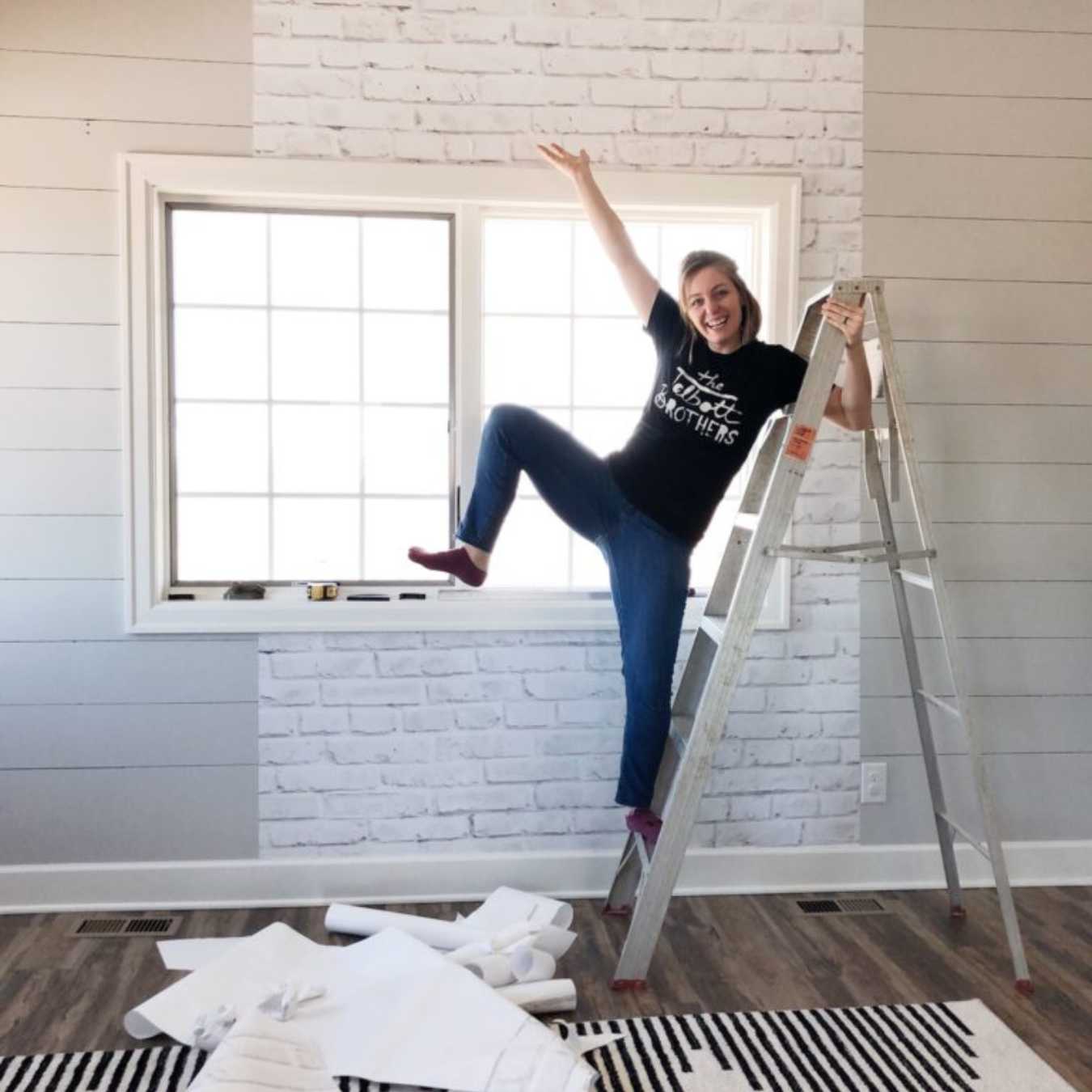
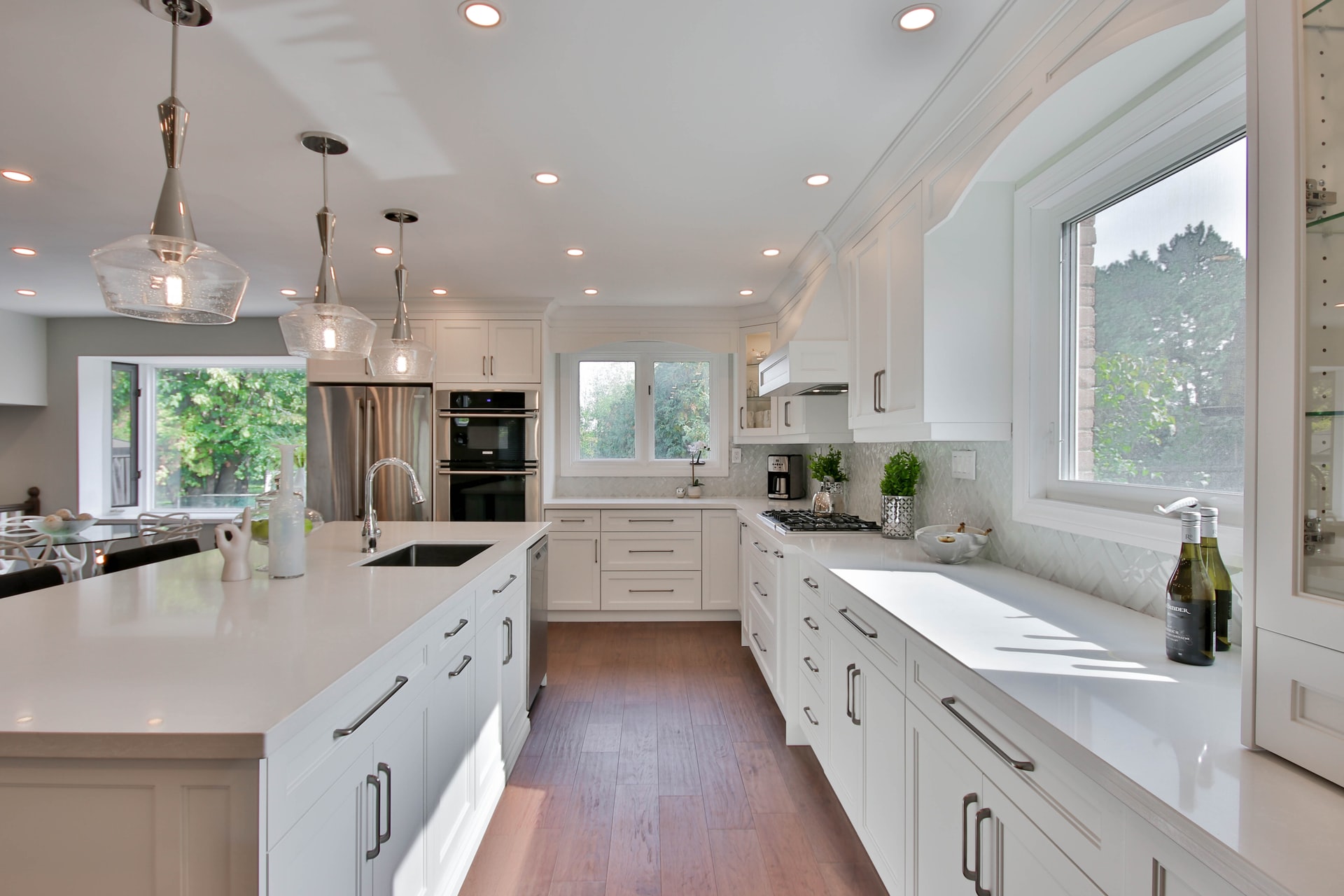
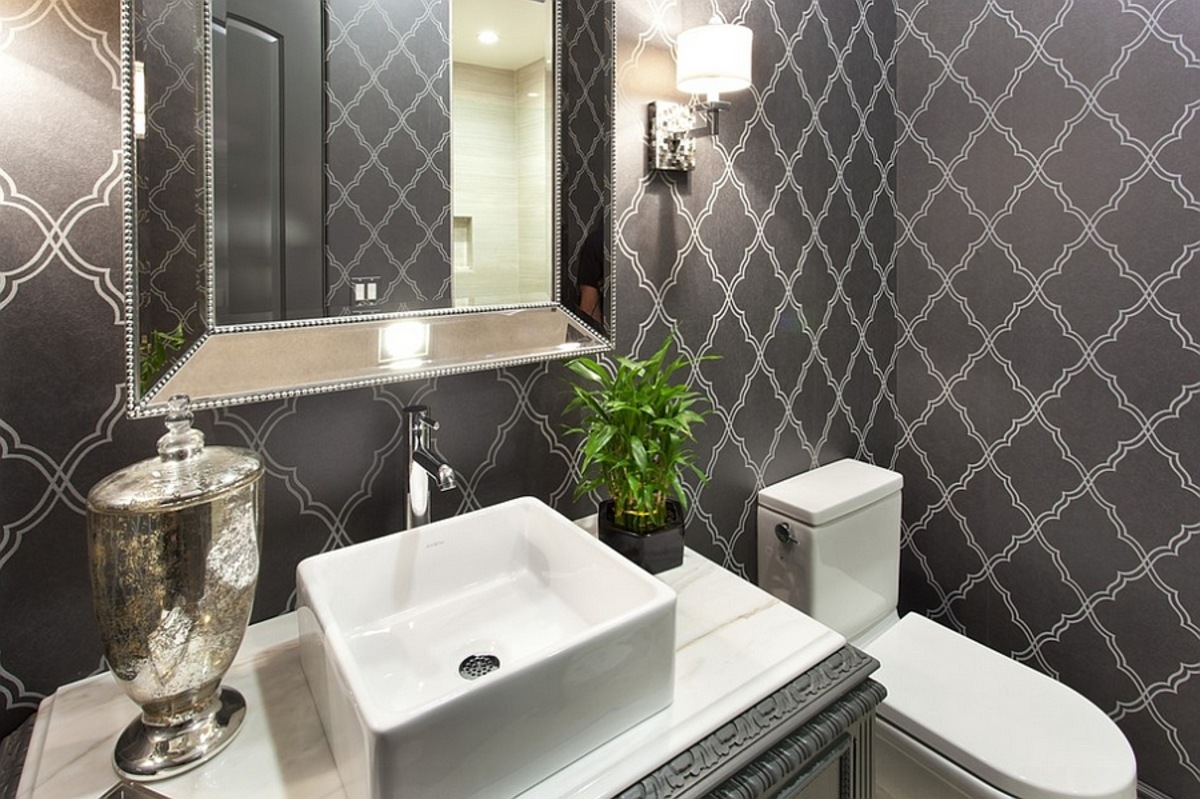


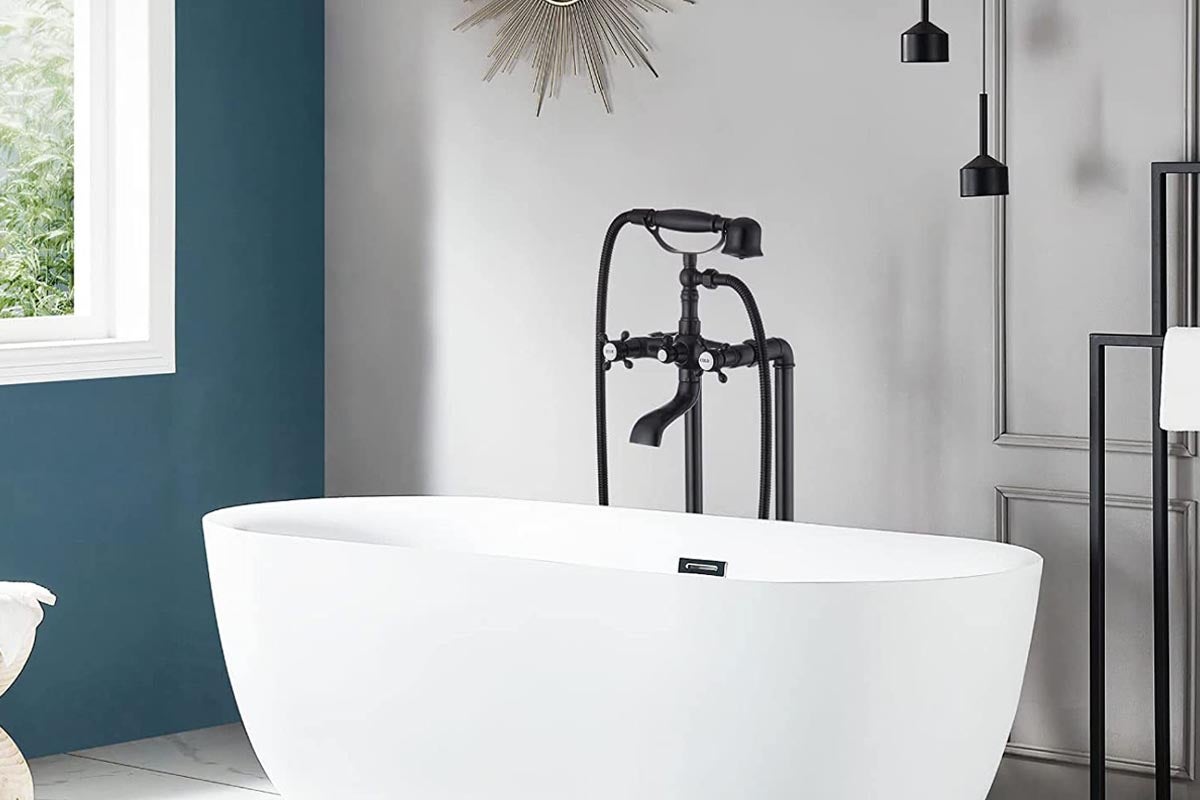
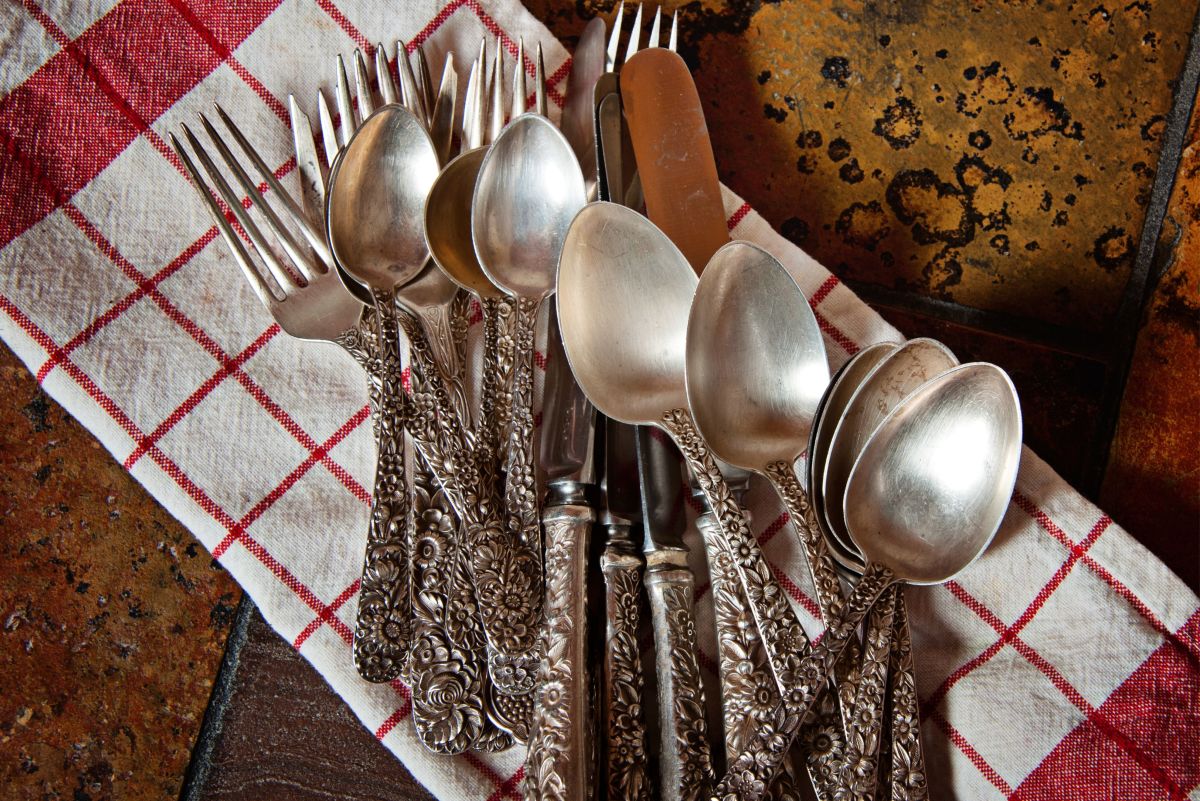
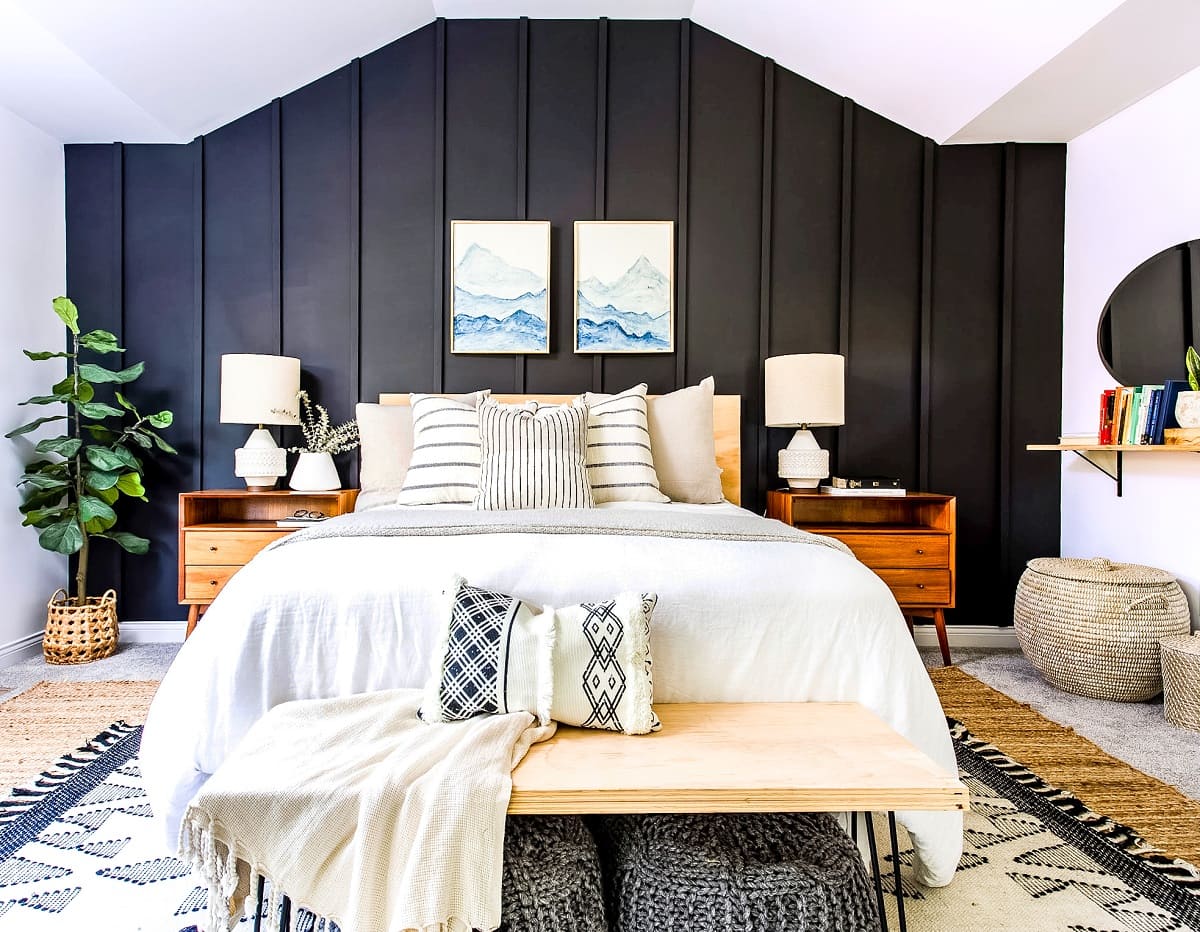
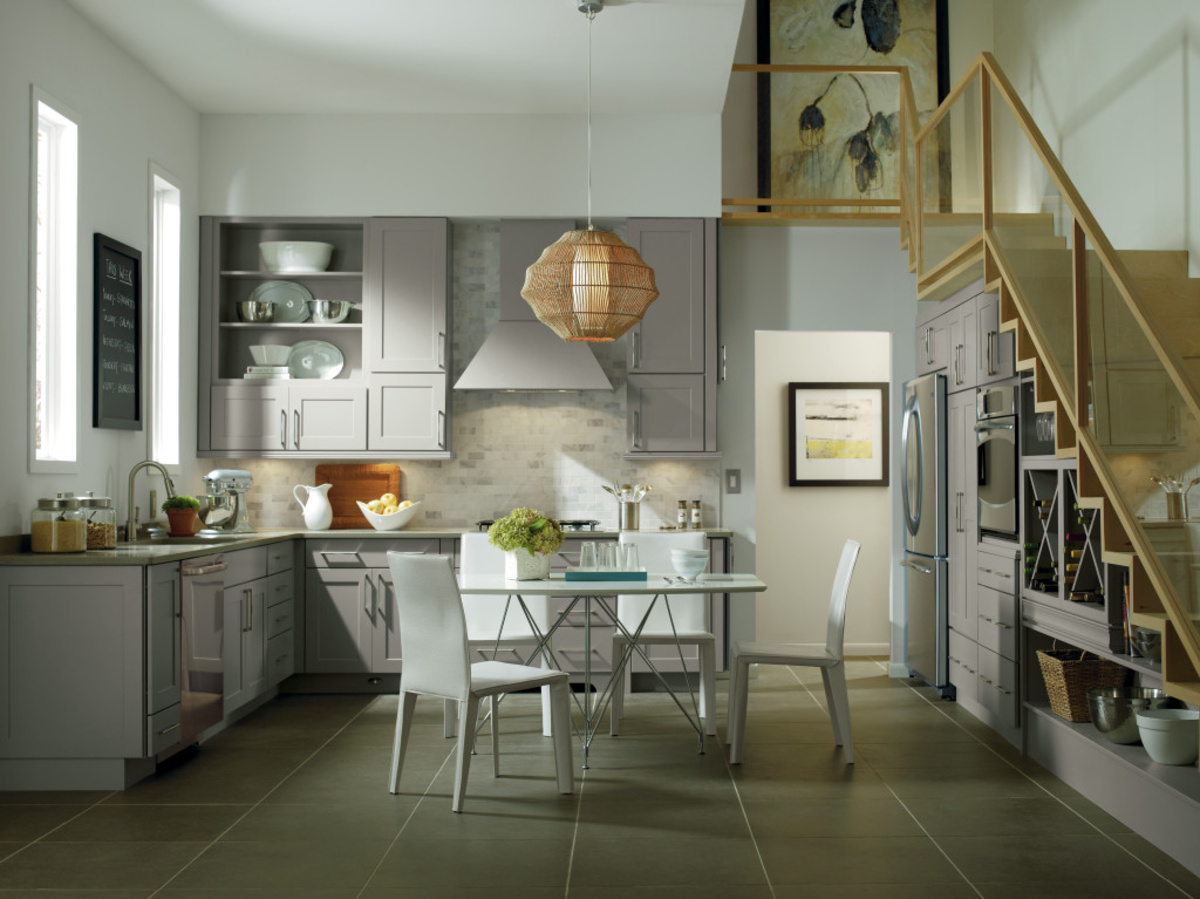
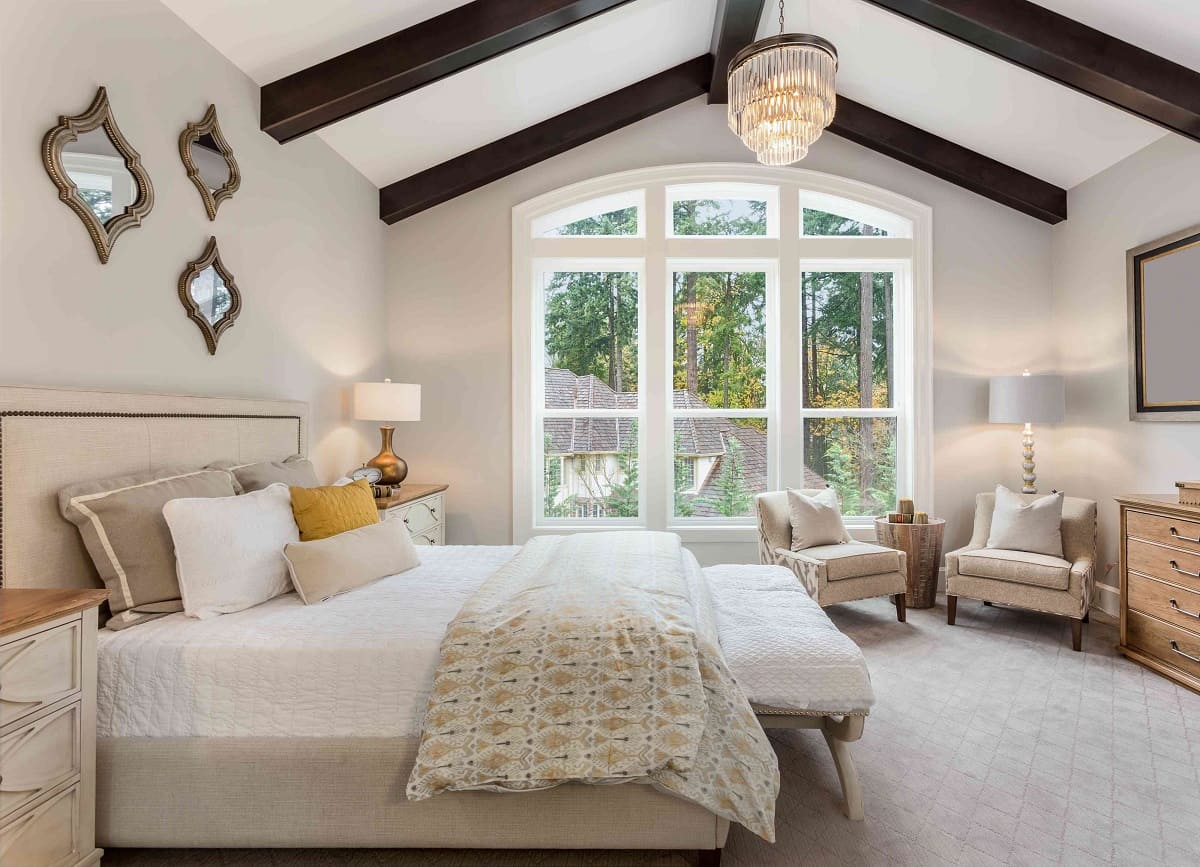
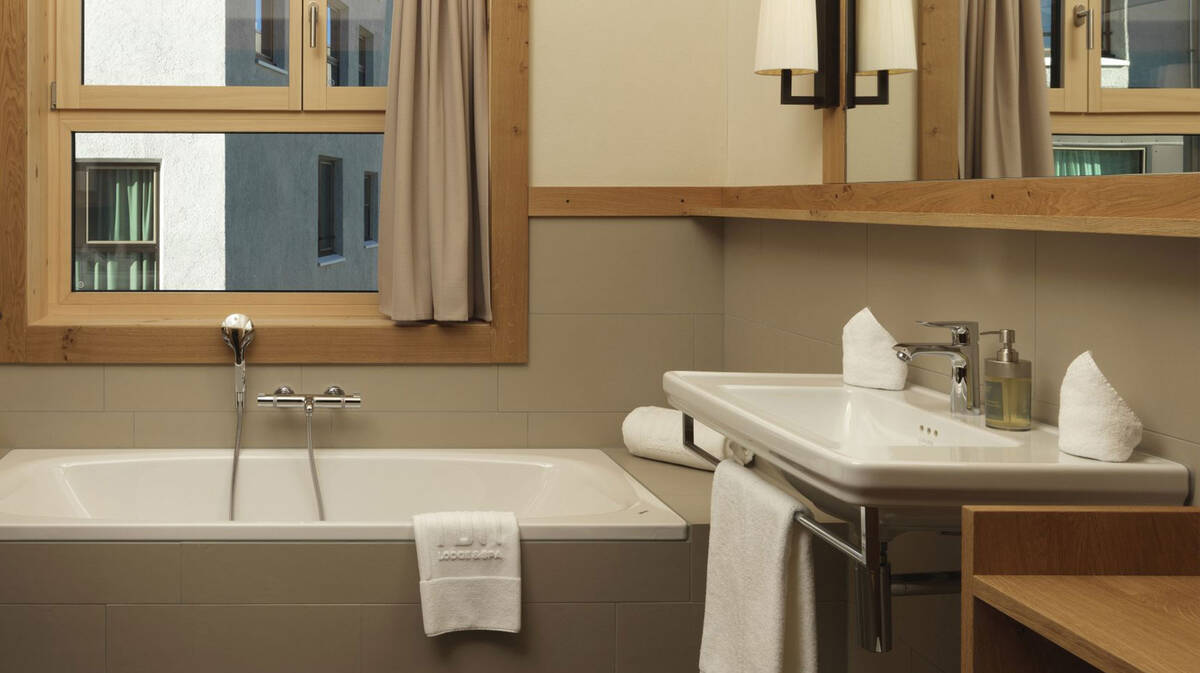


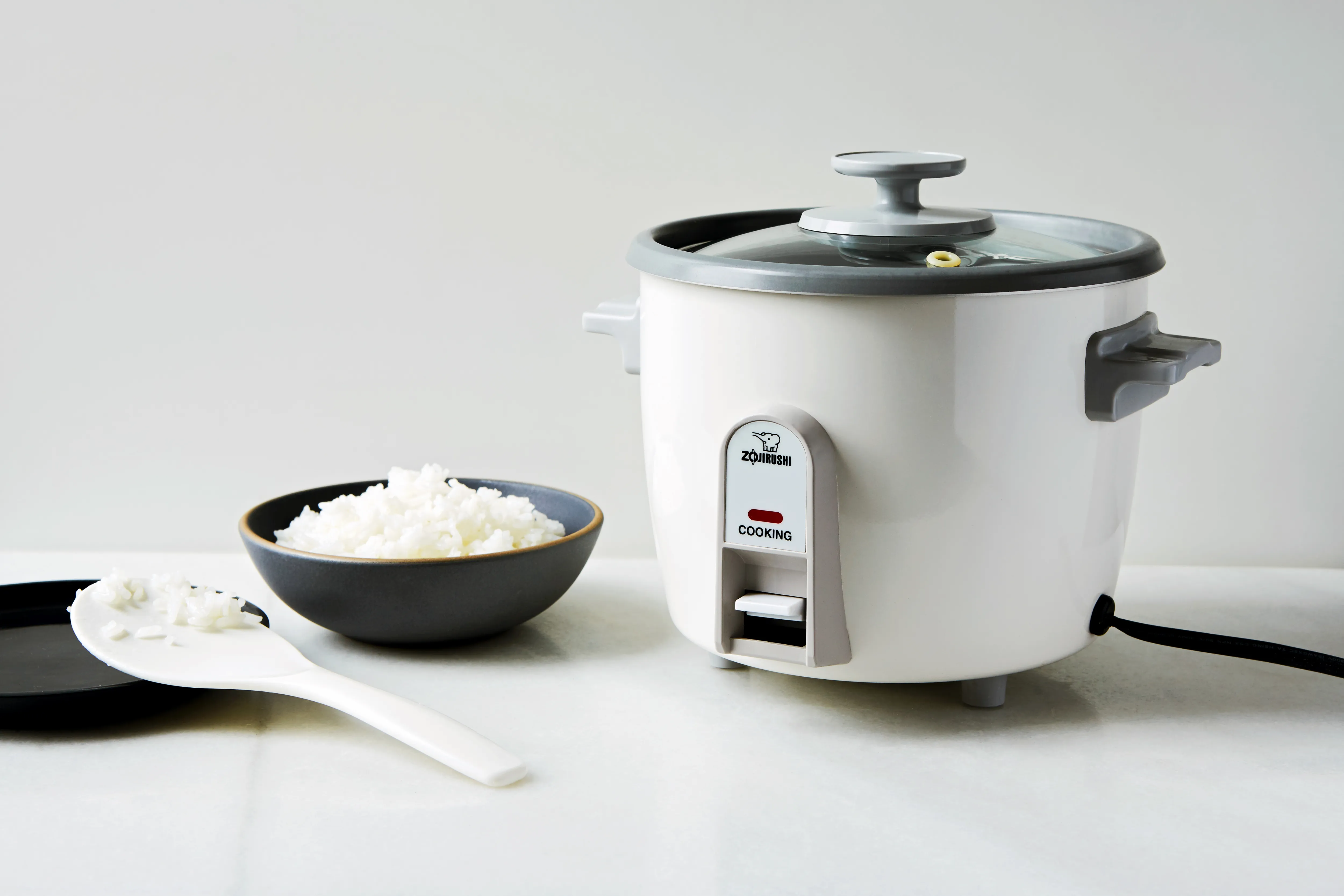

0 thoughts on “7 Decisions I Make When Choosing Wallpaper”